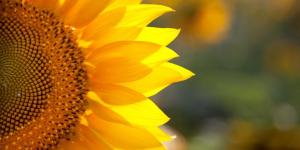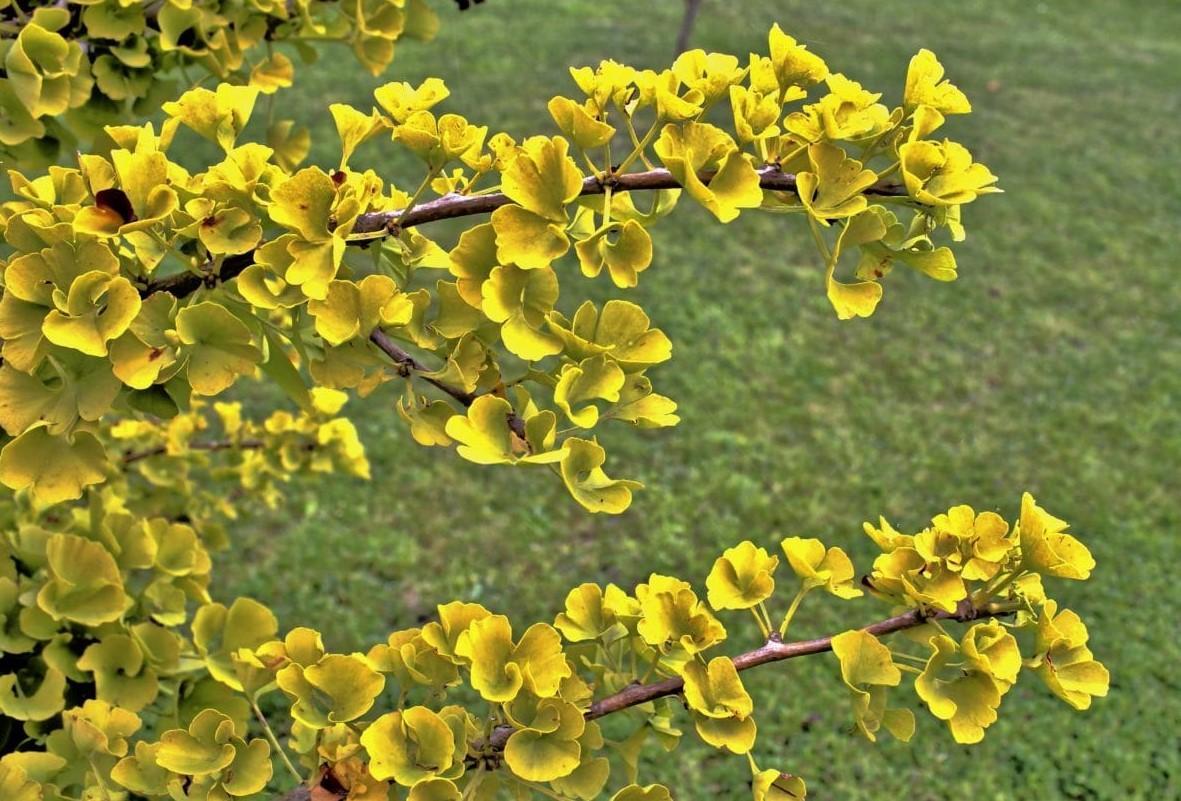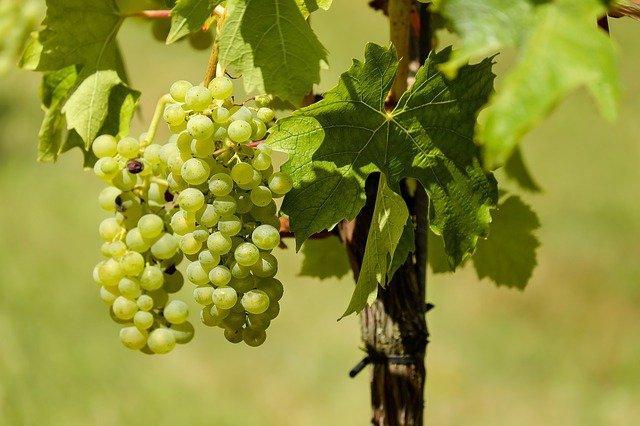What Is Considered a Woody Plant?


Woody plants are a diverse and essential group of flora characterized by their durable, lignified stems and trunks. Defined by their robust internal structure, called secondary xylemthey, they differ significantly from their soft-stemmed herbaceous counterparts. These plants form the backbone of many ecosystems, providing structural integrity, habitat, and resources.
This article by thedailyECO explains what woody plants are, their defining characteristics , exploring what they are, their internal structures, how they reproduce and what differentiates them from herbaceous (non-woody) plants.
What are woody plants?
Woody plants are a large group of plants characterized by the presence of a strong, supportive tissue called secondary xylem.
Unlike herbaceous plants with soft, green stems, woody plants can grow much larger due to the strength and rigidity offered by the xylem tissue. This allows them to compete for sunlight by reaching higher into the canopy, access more water resources through deeper root systems, and provide habitat for a wider variety of animals.
Also, the secondary xylem, provides the critical structural support woody plants need to grow tall and resist wind, gravity, and their own weight.
The presence of secondary xylem allows woody plants to live for much longer periods compared to herbaceous plants, with some trees reaching ages of thousands of years.

Types of woody plants
Woody plants come in a vast array of shapes, sizes, and leaf types, adapted to thrive in diverse environments. There are over 1,600 recognized plant families worldwide, and a significant portion include woody plants. Each family can contain numerous genera (groups of closely related species).
Woody plants are classified into three main categories based on their growth habit and overall structure. Let us take a closer look at each type:
Trees
Trees are the largest type of woody plants, typically exceeding 5 meters (about 16 feet) in height. Some tree species can reach heights of over 30 meters (approximately 100 feet) or more, depending on the species and growing conditions.
They are distinguished by having a single, central trunk from which branches emerge after reaching a certain height. Unlike shrubs, trees do not have branches that start from ground level. Their branches extend from the trunk and form a canopy or crown.
Shrubs
Shrubs are smaller woody plants, they typically grow to a height of less than 4 meters (13 feet) and can be bushy or have a more defined branching structure. Unlike trees, shrubs have multiple stems that arise from ground level, rather than a single main trunk.
This branching structure distinguishes them from trees and makes them more bushy in appearance. Shrubs grow from the base, with multiple stems competing for dominance.
Vines
Vines are woody plants that lack the structural support to grow upright on their own. They rely on other structures like trees, walls, or trellises for support and can climb or sprawl over surfaces. Vines can grow very long, with some reaching hundreds of feet. They use various strategies for climbing, such as twining stems, tendrils, or aerial roots.
Additionally, there are semi-woody plants, which have stems with a consistency that is intermediate between the woody and herbaceous types. These plants exhibit characteristics of both woody and non-woody plants, providing a transitional form in the plant kingdom.
be sure to read this other article where we explain what monoecious plants are.
Reproduction of woody plants
Woody plants use a variety of strategies to reproduce and ensure the continuation of their species. These strategies fall into two main categories:
Sexual reproduction
Sexual reproduction in woody plants involves the fusion of male and female gametes (sex cells) to create genetically diverse offspring. Most woody plants reproduce sexually through flowers, which contain both male (stamens) and female (carpels) reproductive organs.
Pollination is the first step, where pollen grains, containing male gametes, are transferred from the stamen to the carpel’s stigma (the sticky, receptive surface). This transfer can occur through various means, such as wind, insects (pollinators), animals, or occasionally water.
Once pollination is successful, the pollen grain germinates on the stigma and forms a pollen tube that grows down the style (the stalk connecting the stigma to the ovary) to reach the ovule (egg cell) inside the ovary. Fertilization happens when the sperm from the pollen fuses with the egg cell, creating a zygote (fertilized egg).
The zygote undergoes cell division and development to form an embryo (immature plant) within a protective seed coat. The ovary then matures into a fruit, which encases and protects the seeds.
Fruits play a vital role in seed dispersal. They have evolved various mechanisms to help seeds reach suitable environments for germination. For example, animals might eat the fruit and disperse the seeds in their droppings; wind may carry lightweight seeds; or water might transport buoyant fruits and seeds.
When conditions are favorable in terms of moisture and temperature, the seeds germinate. The embryo within the seed utilizes stored nutrients to grow into a new woody plant.
Asexual Reproduction
Some woody plants can reproduce asexually, meaning they generate new individuals without fertilization. This can be advantageous in environments where sexual reproduction is challenging due to factors like limited pollinators or harsh conditions.
This method, called vegetative propagation, utilizes various parts of the parent plant to create new individuals. Suckers, new shoots emerging from roots or the base, can develop into independent plants. Similarly, runners or stolons, horizontal stems growing along the ground, can root at nodes and sprout new plants. Underground stems called rhizomes can also grow horizontally, sending up shoots at intervals to form new offspring.
Even simple cuttings, portions of stems or roots taken from the parent, can be encouraged to develop roots and grow into entirely new plants when placed in the right conditions.
Carpels play a crucial role in plant reproduction, learn more about this structure in this other article.
Structure of woody plants
As mentioned earlier, woody plants are distinguished from herbaceous plants by the presence of a secondary xylem tissue, commonly referred to as wood. Let us take a look at its layers:
- Cortex: this is the outermost layer and is composed primarily of dead cells and functions as a protective barrier against environmental factors like water loss and mechanical damage.
- Phloem: is located beneath the cortex, the phloem is a thin layer responsible for transporting the products of photosynthesis (sugars) throughout the plant.
- Cambium: is a meristematic tissue, meaning it consists of actively dividing cells. This vital layer is responsible for generating both new xylem (wood) inwards and phloem outwards, contributing to the overall thickening of the stem each growing season.
- Xylem: xylem, the major component of wood, is a complex tissue responsible for transporting water and dissolved minerals upwards from the roots to the leaves. It primarily consists of specialized cells called tracheids and vessels that facilitate efficient water movement.
- Heartwood: as woody plants mature, the innermost layers of xylem undergo a process called heartwood formation. These cells become impregnated with additional compounds, such as resins and tannins, increasing their density and resistance to decay. Heartwood provides crucial structural support for the plant, allowing it to maintain its upright form for extended periods.
The combined function of these distinct layers allows woody plants to thrive in diverse environments and contribute significantly to ecosystems. Lear more about the different parts of the plant's stems in this other article.
Examples of woody plants
Woody plants are a significant part of our daily lives, even in urban environments with limited natural spaces. Here are some common examples of woody plants:
- Rose Bushes (Rosa spp.): known for their large, showy flowers, rose bushes can be either shrubs or climbers, depending on the variety. They are famous for their fragrant blooms and thorny stems.
- Fruit Trees: most of the large fruit trees we consume worldwide are woody plants. This includes apple trees (Malus domestica), pear trees (Pyrus communis), citrus trees (Citrus sinensis), and other fruit-bearing trees. These trees play a crucial role in global diets.
- Vines (Vitis vinifera): woody climbing plants like grapevines produce the grapes used to make wine, one of the oldest and most popular fermented beverages.
- Conifers: large coniferous trees, such as pines (Pinus spp.), spruces (Picea spp.), and firs (Abies spp.), are classic examples of woody plants.
- Aromatic shrubs: smaller woody plants like lavender (Lavandula angustifolia), rosemary (Rosmarinus officinalis), and thyme (Thymus vulgaris) are valued for their aromatic qualities and culinary uses.
- Maple trees (Acer spp.): Known for their vibrant autumn foliage and the production of maple syrup, maple trees are important both ecologically and economically.
- Oak trees (Quercus spp.): Oaks are large, sturdy trees known for their longevity and broad canopy. They are a critical component of many temperate forests.
- Cherry trees (Prunus spp.): Cherry trees, including species like the sweet cherry (Prunus avium) and sour cherry (Prunus cerasus), are celebrated for their beautiful blossoms and fruit.
- Boxwood (Buxus spp.): Often used in landscaping for its dense foliage and formal appearance, boxwood is a small, evergreen shrub.
- Bamboo (Bambusoideae): Although often considered herbaceous, some bamboo species develop woody stems and have unique growth characteristics.
- Palms (Arecaceae family): palms, such as the coconut palm (Cocos nucifera) and date palm (Phoenix dactylifera), have woody stems and are vital to tropical and subtropical ecosystems.
You might be interested in this other article that explains what photosynthesis is, how it works, and what role it plays in our ecosystem.

How do woody stems and herbaceous stems differ?
The key difference between woody and herbaceous plants lies in their structural composition.
Woody plants have a lignified, rigid, and inflexible stem or trunk that provides both strength and durability. These plants are generally perennial, meaning they live for several years and maintain their woody structure throughout the seasons. Even though some woody plants might complete their lifecycle in a single year, they still form a lignified stem or trunk during their growth.
In contrast, herbaceous plants lack this woody structure and possess softer, more flexible stems. They typically die back to the ground during adverse conditions, such as winter or drought, and then regenerate from their roots or base when conditions improve. This ability to renew growth annually sets herbaceous plants apart from the more enduring and permanent nature of woody plants.
If you want to read similar articles to What Is Considered a Woody Plant?, we recommend you visit our Biology category.







